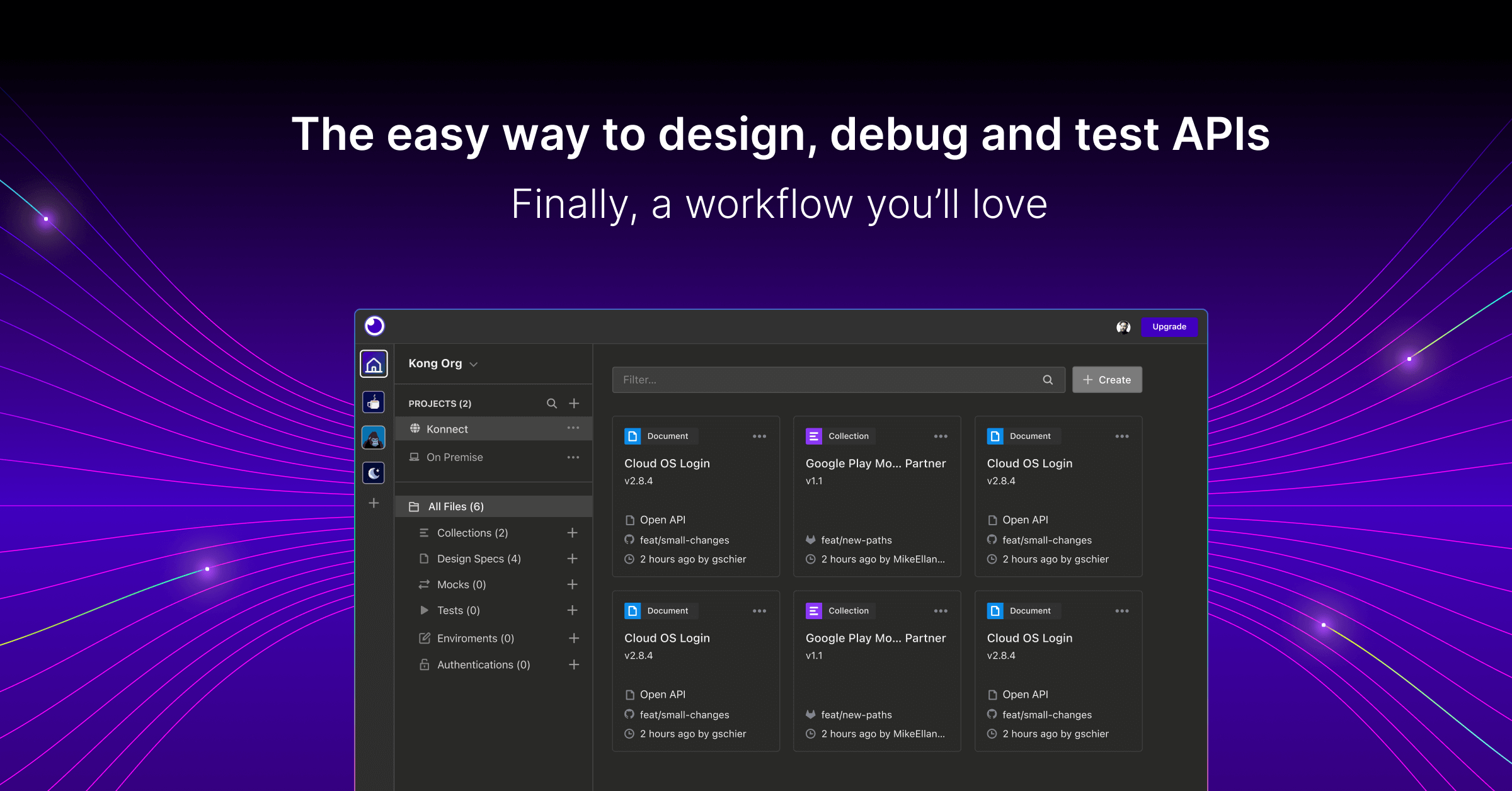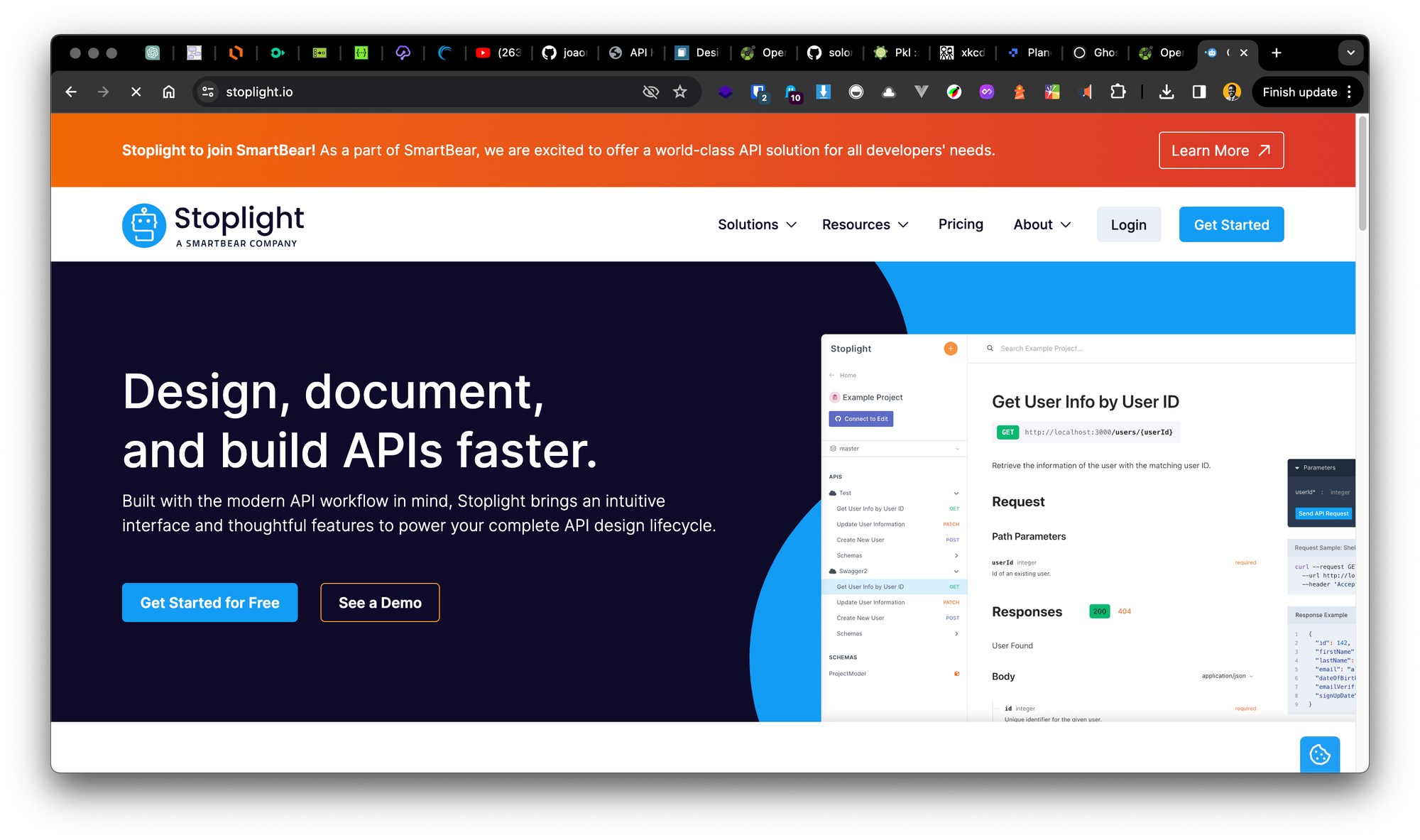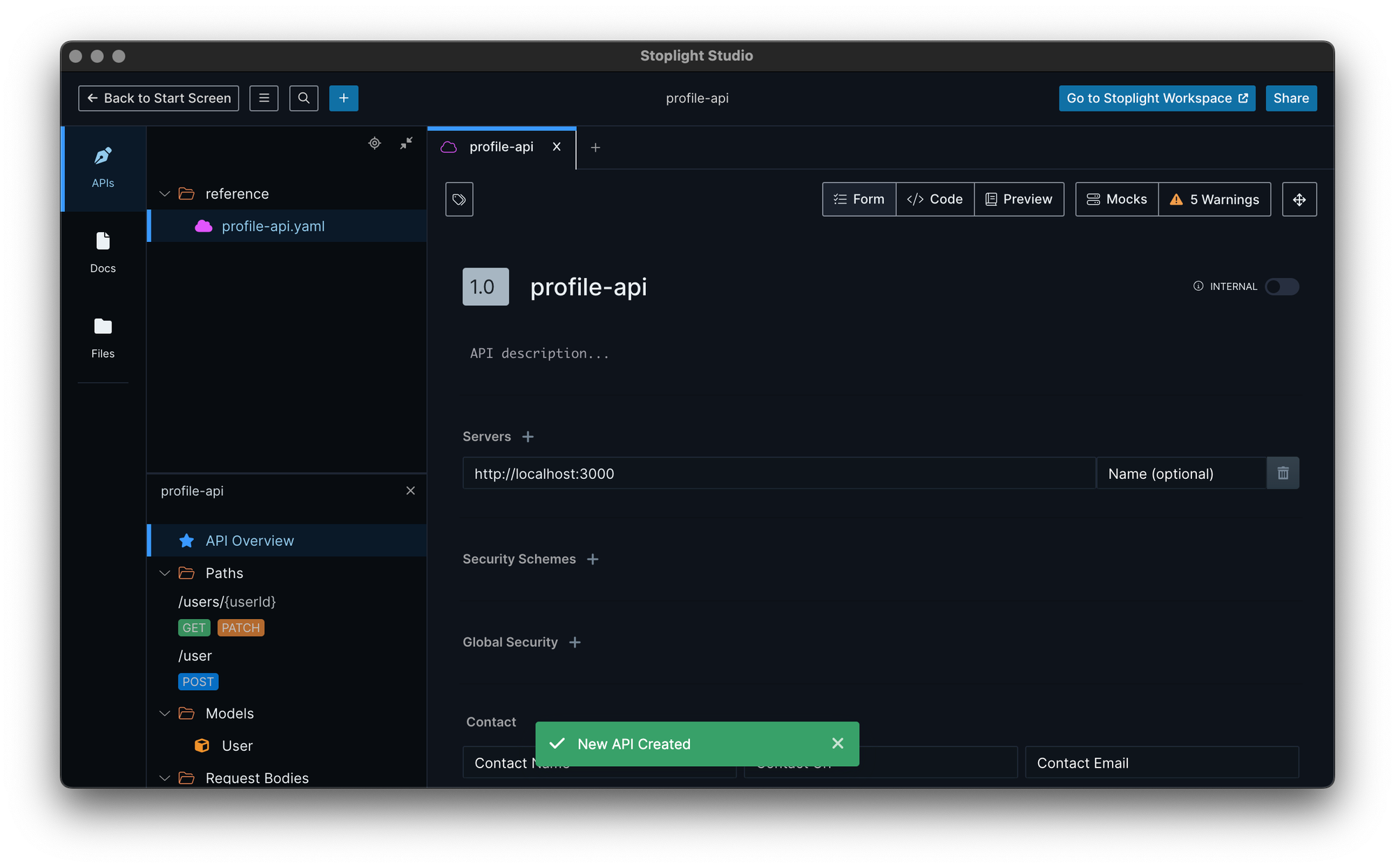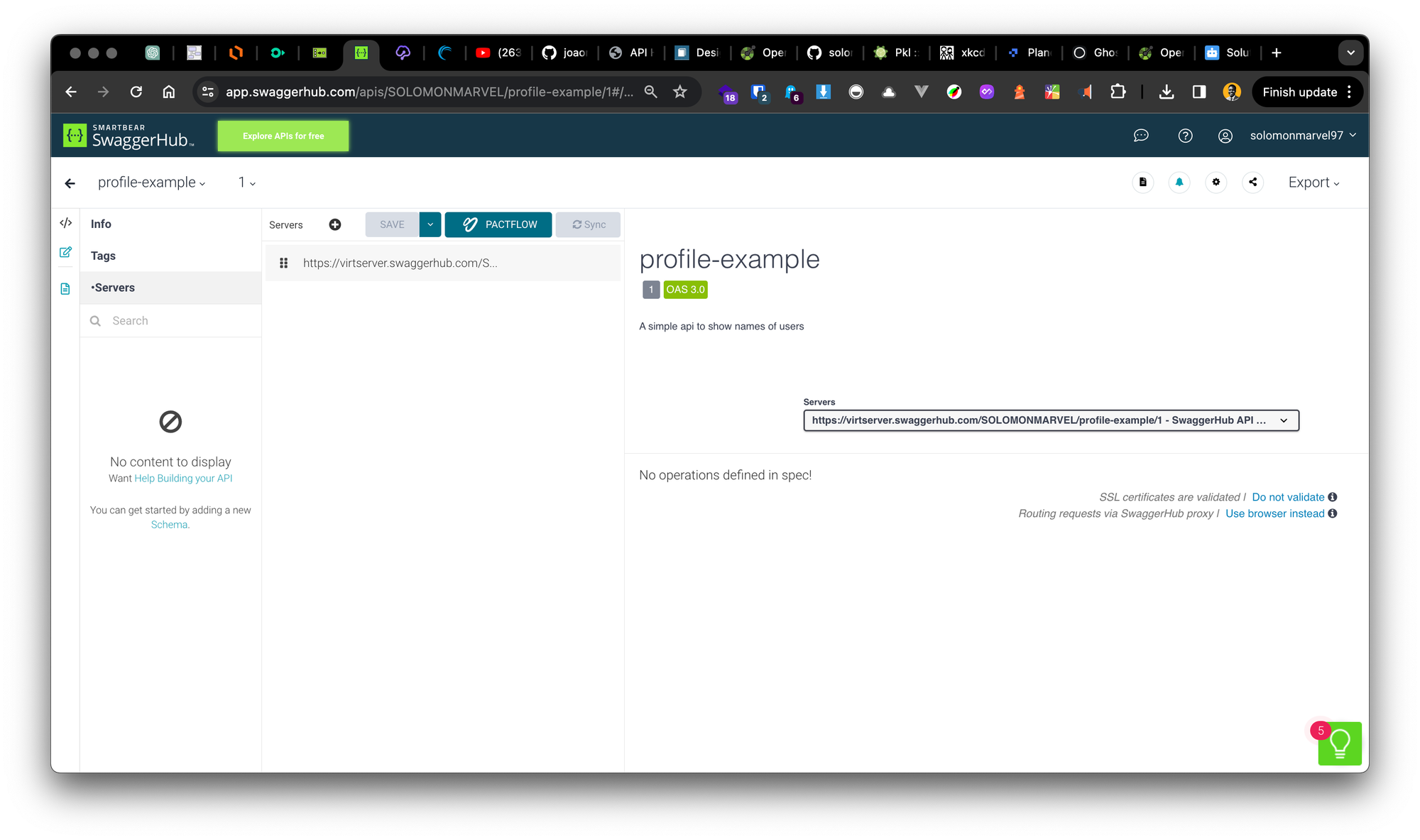API Design & Development Made Easy

Objective:
- Understand the importance of API design and development in modern software engineering.
- Familiarise ourselves with the fundamental concepts of APIs.
Software Engineering & API Design: A Comprehensive Overview
Introduction:
Software engineering is the systematic approach to the design, development, testing, and maintenance of software systems. APIs (Application Programming Interfaces) play a crucial role in software engineering, serving as the building blocks that enable communication and interaction between different software components. In this lesson, we'll explore the intersection of software engineering with API design and delve into the API development life cycle.
1. Understanding Software Engineering:
- Definition: Software engineering involves applying engineering principles and methodologies to the development of software systems.
- Key Concepts: Requirements analysis, design, implementation, testing, deployment, and maintenance.
- Importance of Software Engineering: Ensures the delivery of high-quality, reliable, and maintainable software solutions that meet user needs and business objectives.
Key Points:
- What is an API?
- Definition: An Application Programming Interface (API) is a set of rules, protocols, and tools for building software and enabling communication between different software applications.
- Example: Consider a restaurant analogy where the menu serves as the API, allowing customers (clients) to order dishes (services) from the kitchen (server).
The Role of APIs in Software Engineering
- Definition: An API defines a set of rules and protocols for interacting with a software system or service.
- Facilitating Integration: APIs enable seamless integration between different software components, allowing them to communicate and exchange data.
- Promoting Modularity: APIs promote modularity and code reuse by encapsulating functionality into reusable components.
3. API Design Principles:
- RESTful Architecture: Embrace RESTful design principles, including stateless communication, resource-based URLs, and uniform interfaces.
- Clarity and Consistency: Use clear and descriptive naming conventions for endpoints, parameters, and response fields. Maintain consistency in API design patterns.
- Scalability: Design APIs with scalability in mind, considering factors such as performance optimisation and versioning.
4. API Development Life Cycle:
- Requirements Gathering: Identify the needs and objectives of the API, including functionality, performance, security, and usability requirements.
- Design: Define the structure and behaviour of the API, including endpoints, data formats, authentication mechanisms, and error handling.
- Implementation: Write the code for the API according to the design specifications, following best practices and coding standards.
- Testing: Conduct thorough testing of the API to ensure functionality, reliability, security, and performance.
- Deployment: Deploy the API to production environments, monitoring its performance and addressing any issues that arise.
- Maintenance: Continuously monitor and maintain the API, addressing bugs, implementing updates, and responding to changing requirements.
Real-World Examples
- Social Media Platform: Design and develop an API for a social media platform, enabling functionalities such as posting updates, commenting on posts, and retrieving user profiles.
- E-Commerce Platform: Develop an API for an e-commerce platform, allowing users to browse products, add items to their cart, and complete purchases.
Importance of API Design & Development
- Facilitates Integration: APIs enable seamless integration between different software systems, promoting interoperability and collaboration.
- Promotes Reusability: Well-designed APIs encourage code reuse, saving time and effort in software development.
- Enhances Scalability: APIs provide a scalable architecture for building modular and extensible software applications.
- Drives Innovation: APIs foster innovation by enabling developers to leverage existing services and build upon them to create new functionalities.
Key Points
- RESTful Architecture:
- Representational State Transfer (REST) is a design paradigm for creating scalable web services.
- Key Principles: Stateless communication, resource-based URLs, uniform interface, and client-server architecture.
- Example HTTP Verbs used for RESTful Communication: Using HTTP methods (GET, POST, PUT, DELETE) to perform CRUD operations on resources (e.g., /users, /products).
- Clarity, Consistency, and Scalability:
- Clarity: Use clear and descriptive naming conventions for endpoints, parameters, and response fields.
- Consistency: Maintain consistent API design patterns and error handling mechanisms across endpoints.
- Scalability: Design APIs with scalability in mind, considering factors such as performance optimisation and versioning.
Advanced Techniques in API Development
Objective:
- Explore advanced techniques for developing robust and efficient APIs (Workshop Tools: spotlight studio, openai specification)
- Learn about authentication, authorisation, error handling, and versioning.



Key Points
- Authentication & Authorisation:
- Authentication: Verifying the identity of API clients using methods such as API keys, OAuth, or JWT.
- Authorisation: Granting access permissions to authenticated users based on their roles or privileges.
- Error Handling:
- Define clear and informative error messages to assist developers in troubleshooting issues.
- Use appropriate HTTP status codes (e.g., 400 Bad Request, 404 Not Found, 500 Internal Server Error) to indicate the nature of errors.
- Versioning: Implement versioning strategies (e.g., URI versioning, custom headers, query parameters) to manage changes and updates to the API without breaking existing client applications.
Crafting Comprehensive API Documentation
Objective
- Learn best practices for documenting APIs effectively.
- Understand the importance of clear and user-friendly documentation.
Key Points
- Documentation Structure:
- Provide an overview of the API, including its purpose, supported endpoints, and usage instructions.
- Document each endpoint, specifying the request parameters, response formats, and example usage scenarios.
- Usage Examples:
- Include sample requests and responses to demonstrate how to interact with the API.
- Use code snippets and interactive documentation tools to enhance readability and usability.
Real-World Use Cases and Examples
Objective
- Apply the concepts learned in previous lessons to real-world scenarios.
- Work on practical exercises and case studies to reinforce learning.
Key Points
- Social Media Platform API:
- Design an API for a social media platform, including endpoints for posting updates, retrieving user profiles, and managing friendships.
- Implement authentication and authorisation mechanisms to ensure data security and privacy.
- E-Commerce Platform API:
- Develop an API for an e-commerce platform, enabling functionalities such as product listing, shopping cart management, and order processing.
- Handle errors gracefully and version the API to accommodate future enhancements and updates.
Deep Dive into the API Development Life Cycle
The API development lifecycle encompasses the process of designing, developing, testing, deploying, and maintaining an API. It consists of several stages, each with its own set of tasks and objectives.
Here's an overview of the API development lifecycle:
1. Requirements Gathering:
- Define governance policies and standards for API development.
- Establish guidelines for API functionality, security, performance, and scalability.
- Align API requirements with business objectives and regulatory requirements.
2. Design:
- Enforce governance policies related to API design standards and best practices.
- Review and approve API designs to ensure compliance with governance requirements.
- Define governance mechanisms for versioning, documentation, and error handling.
3. Development:
- Implement governance controls to enforce coding standards, security measures, and data privacy policies.
- Conduct code reviews and compliance checks to verify adherence to governance policies.
- Monitor development activities to detect and address deviations from governance standards.
4. Testing:
- Include governance criteria in testing processes to validate compliance with policies and standards.
- Perform security assessments and compliance audits to identify and mitigate risks.
- Ensure that testing environments and tools comply with governance requirements.
5. Documentation:
- Include governance-related information in API documentation, such as compliance certifications and security measures.
- Provide guidance on how to adhere to governance policies when consuming or extending the API.
- Ensure that documentation is up-to-date and reflects any changes to governance standards.
6. Deployment:
- Apply governance controls to deployment processes to ensure consistency and reliability.
- Validate that deployment configurations comply with security, privacy, and performance standards.
- Implement access controls and permissions management to enforce governance policies.
7. Maintenance:
- Monitor API usage and performance to identify potential governance issues or compliance violations.
- Implement change management processes to handle updates and modifications in accordance with governance policies.
- Conduct regular audits and reviews to assess ongoing compliance with governance standards.
Hands-on API Design Using Stoplight Studio



Document & Share Our API Using Swaggerhub

Keep exploring and experimenting with APIs to unlock new possibilities and drive innovation in the digital landscape.
Follow Me On Socials








